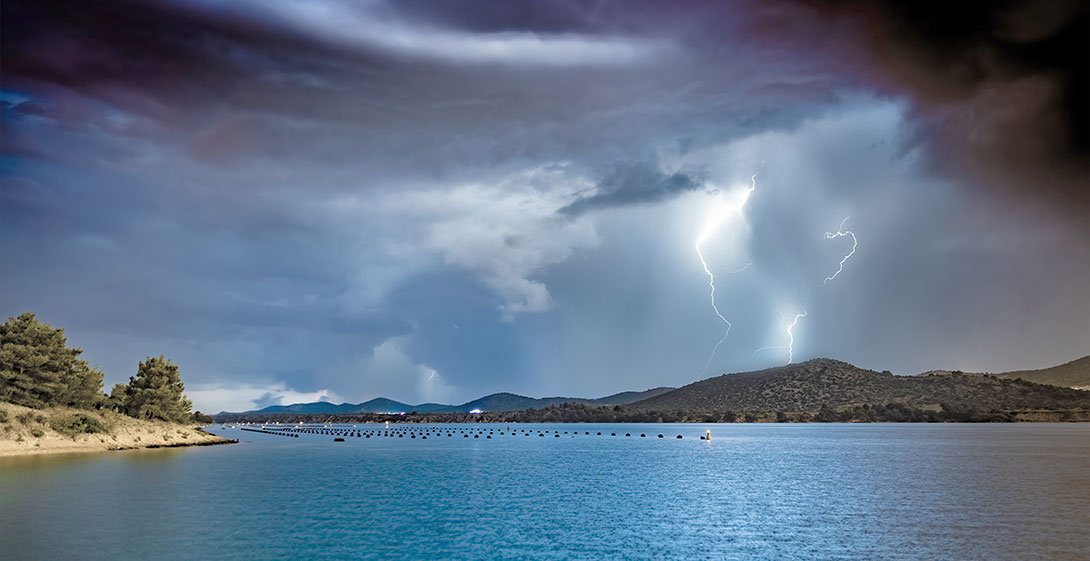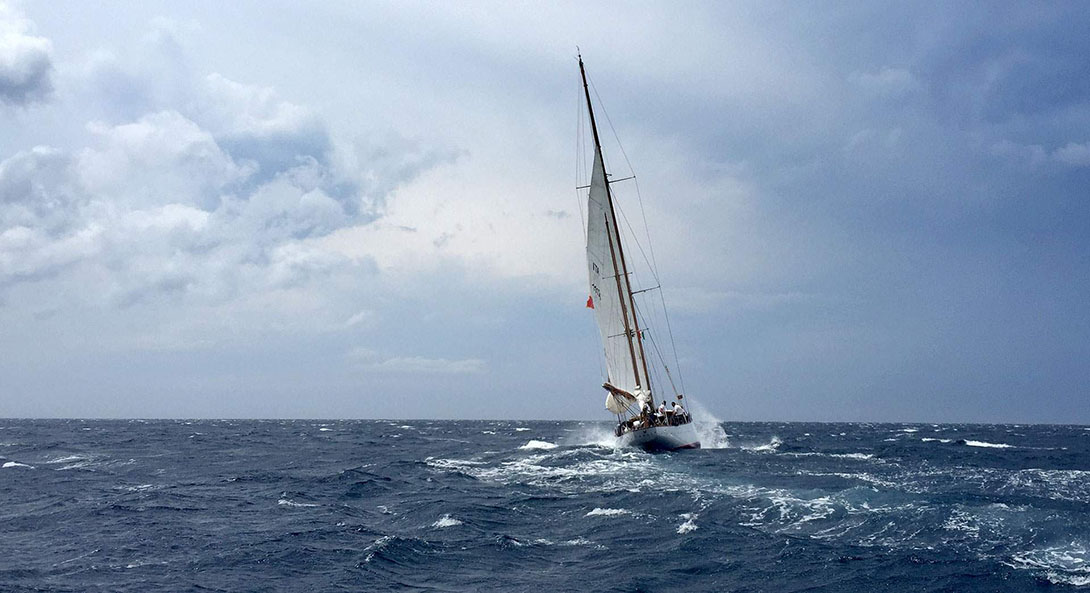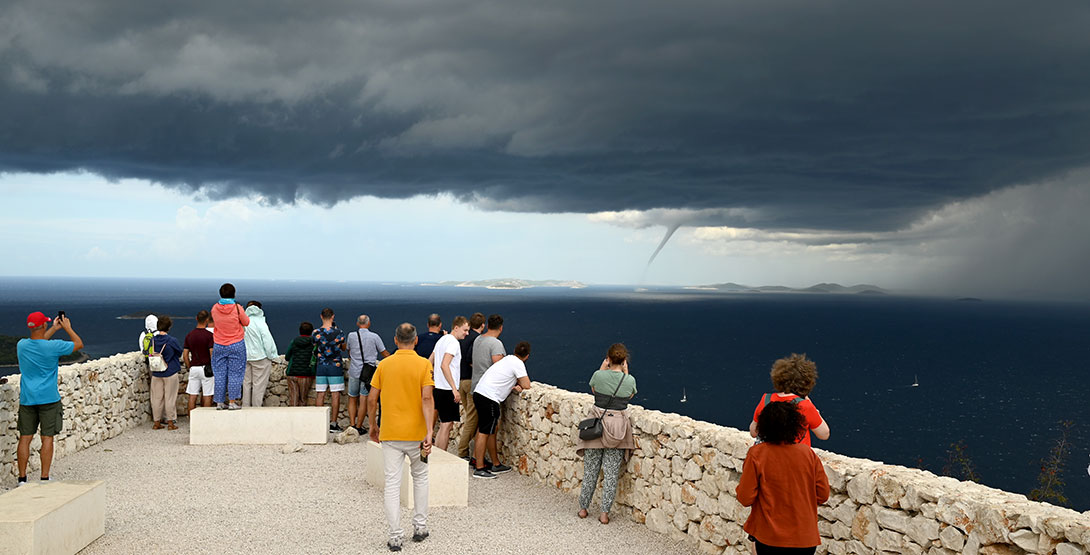Croatian Storm Nevera: A Sailor’s Guide to Handling Sudden Storms in Croatia
🌩 Croatia's infamous Nevera Storm
Sailing Safety Tips for Croatia's Sudden Summer Storms
Croatia's Adriatic coast also presents unique weather challenges. One of the most notorious is the Nevera, a sudden and powerful thunderstorm that can catch even experienced sailors off guard. In this post, we'll explain what a Nevera is, how to recognize one, and, most importantly, what to do if caught in one while sailing in Croatia.

⚡ What Is a Nevera Storm?
A Nevera is a fast-forming, short-lived thunderstorm that often develops over the Adriatic Sea and rushes toward the Croatian coast. These storms are typically:
- Sudden in onset
- Packed with powerful winds
- Accompanied by intense rainfall, thunder, lightning, and sometimes hail
Though dramatic, Neveras don't usually last long, often just a few hours. But their intensity can make them especially dangerous at sea.
What to Do If Caught in a Nevera Storm While Sailing the Adriatic in Croatia?
Practical nautical knowledge includes knowledge and abilities in selecting the appropriate location and type of mooring places and berths, as well as the procedure of mooring a ship. The process of choosing mooring places begins right at the outset of your yacht charter in Croatia, with the creation of an itinerary based on weather prediction. This involves the skipper monitoring of current weather conditions, as well as local Dalmatian fishermen's advice.
What if, despite your preparations, you're still trapped in a high-seas storm!? How do you find a safe mooring?
The crucial interval of 7-10 minutes is essential.

We've heard claims that a sudden storm mainly affects novice captains and sailors, but this is untrue. Sudden storms have occurred since the dawn of sailing, and they are, regrettably, growing more prevalent as a result of climate change.
This is why the sudden storm is dubbed "sudden" or "light local thunderstorms at the Adriatic Sea" by Croatian meteorologists! Such a possibility is indicated as probable local storms or light local thunderstorms in the Adriatic Sea in the forecast for that day! Some signs that a storm is approaching may be found by watching the weather situation: suddenly out of nowhere, the wind blows strongly, clouds loom, lightning is ready to come, air pressure decreases... Every seasoned skipper has undoubtedly encountered it.
So, how do you behave in such a situation when a (NEVERA) storm is approaching?
First and foremost, maintain your composure; that is just what you require at this time. React calmly, not panicked, but decisively and resolutely to show the crew that there is no space for doubt in following the skipper's orders. Order the crew's novice members to go below deck, everybody to put on life jackets, and you to dress in a rain suit, boat shoes, and automated seat belts.
To the wind, bow/steer

During the storm, all you have to do is maintain the bow in the wind and try to cut the waves straight using the wind direction indicator.
All windows on board must be closed, all storage spaces must be secured, and everything that may fall to the floor must be secured by the crew below the deck. Remember to close the boat's sideboards and side windows!
The sails must be collected, the Bimini must be closed, and only the spray cover is strong enough to resist wind gusts on a sailboat. They should bow to the wind and move at a minimal pace that permits the ship to steer as soon as the storm hits. This technique implies you were far enough away from the beach when the storm struck. During the storm, all you have to do is maintain the bow in the wind and try to cut the waves straight using the wind direction indicator. Storms on the Adriatic Sea are generally brief, lasting about 10-20 minutes, and when they pass, one of the choices for a secure connection should be chosen.
If you're stuck in a storm on a buoy or anchor, start the engine and take a controlled forward ride to make it simpler to maintain the buoy or anchor holding your boat.
Final Thoughts
Nevera storms, while intense, are a natural part of the Adriatic's summer rhythm. With the proper knowledge and preparation, they're manageable. Whether you're a seasoned sailor or a charter guest, knowing how to recognize and react to a Nevera can turn a potentially dangerous situation into a story of skill and seamanship.
Stay safe and sail smart!

FAQ about Croatian Nevera Storms:
Nevera storms mostly occur in summer when warm, humid air lingers over the Adriatic. They're less frequent in spring and fall and rare in winter.



